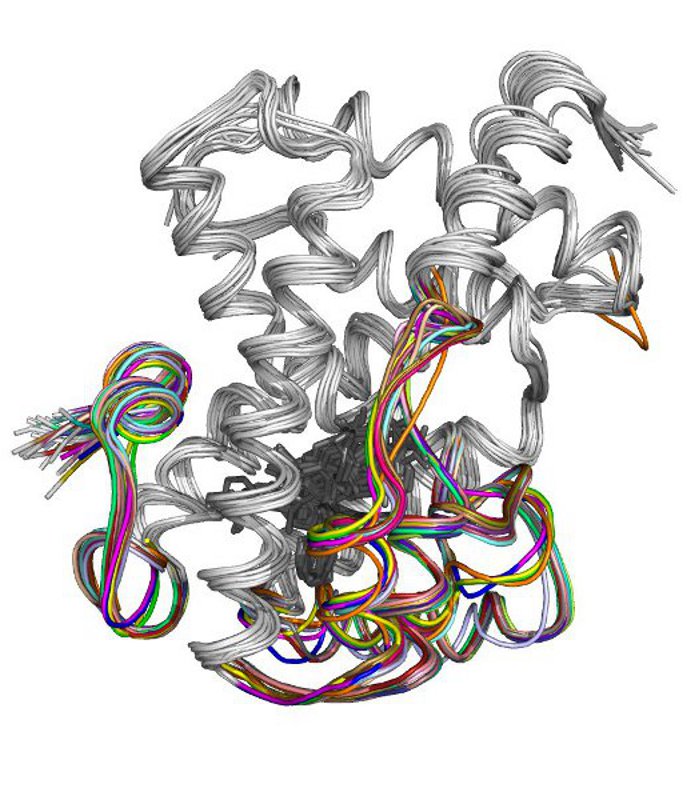Computational Tools for Probes
In our research group we apply both structure and ligand based approaches to the discovery of novel compounds acting on the target under investigation.
Currently our research is focused on three main topics:

FXR (Farnesoid X Receptor) is the nuclear receptor responsible for bile acids recognition. It plays an important role in our organism, taking part in relevant physiological processes by promoting or suppressing the transcription of genes involved in the regulation of cholesterol synthesis, bile acid synthesis and metabolism, gluconeogenesis and inflammation. Compounds acting on FXR can be dived into four classes: agonists, partial agonists, antagonists and gene selective modulators, i.e. compounds activating only some of the FXR responses commonly promoted by agonist ligands.
Our efforts are devoted to the elucidation of the peculiarities in the binding mode of the four classes, to identify the features and the interacting residues for each class of compounds, in order to develop novel molecules with a defined pattern of action on receptor.

2. Modulation of MR1-MAIT Interaction
MAIT (Mucosal Associated Invariant T) cells are a recently discovered special population of lymphocyte T with an invariant α chain, localized in peripheral blood, mucosal tissues, lungs etc, important for immune responses in microbial infections. MAIT cells recognize the antigen presented by MR1, a non-canonical MHC of class I. Antigens are usually small peptides or lipids, whereas in this case the physiological antigen seems to be a metabolite of Vitamin B, 6-methyl,7-hydroxyribityllumazine (RL6Me7OH).
The aim of our research is to find novel modulators of MR1-MAIT interaction, to provide a tool to study this important immune response.

Traditional remedies are usually based on the action of some natural products, that has been handed down to us, but the clear mechanism of action of such medications is often unknown. A similar scenario is often the result of the screening of panels of possible antibacterial drugs, tested for their effect on bacterial growth.
Combing several computational approaches such as similarity searching, data mining and docking to protein databases, we are currently working at the identification of the target of action for some hop metabolites and for a small molecule found to suppress the growth of Plasmodium Falciparum, thus interesting for the development of novel antimalarial drugs.



